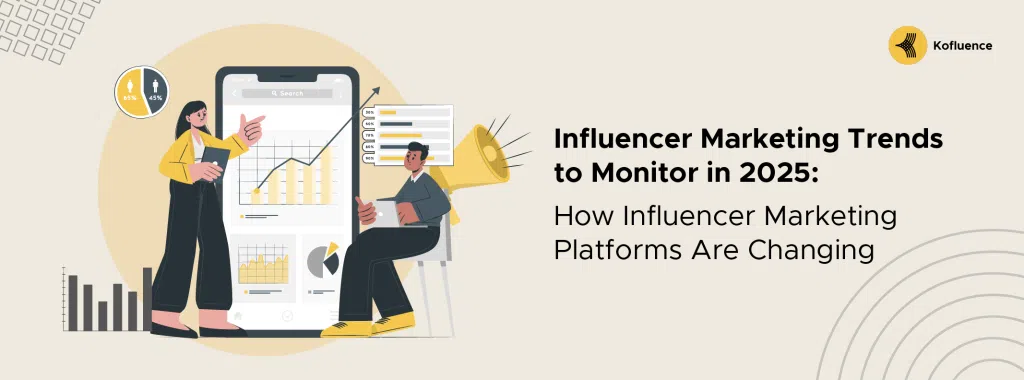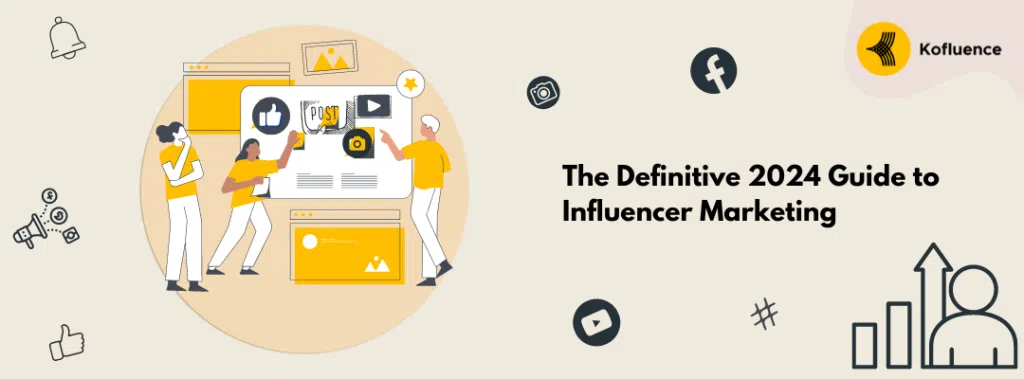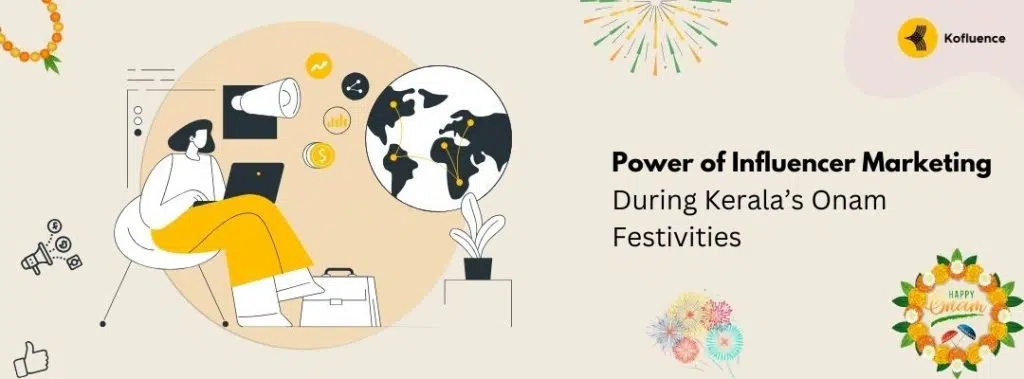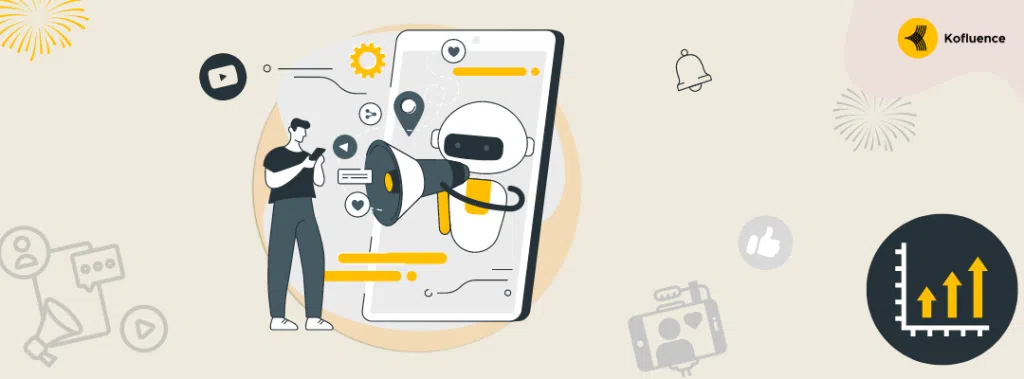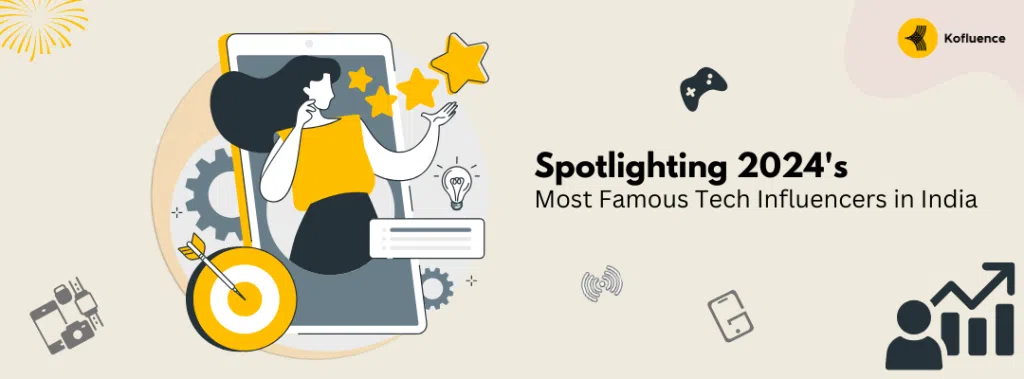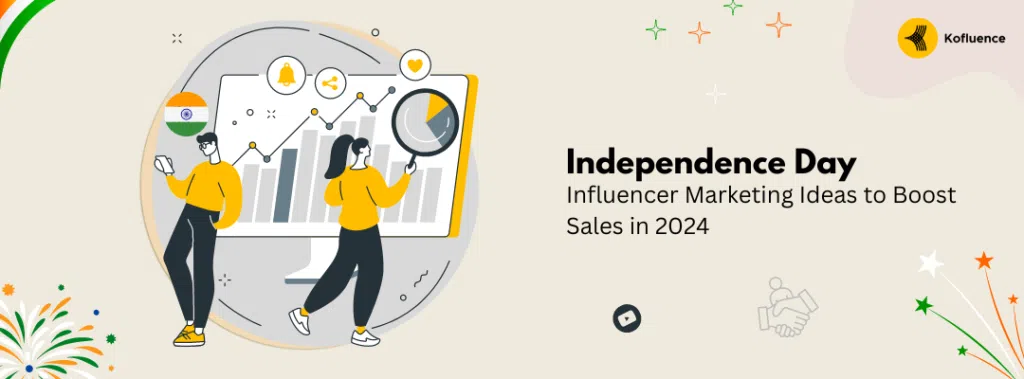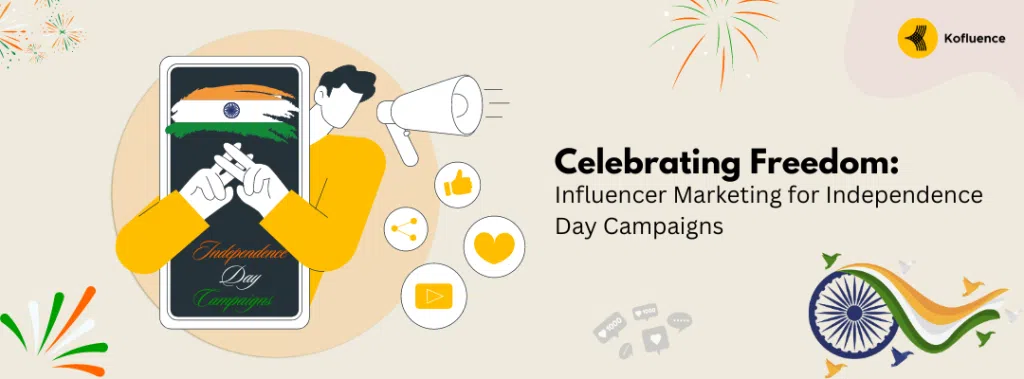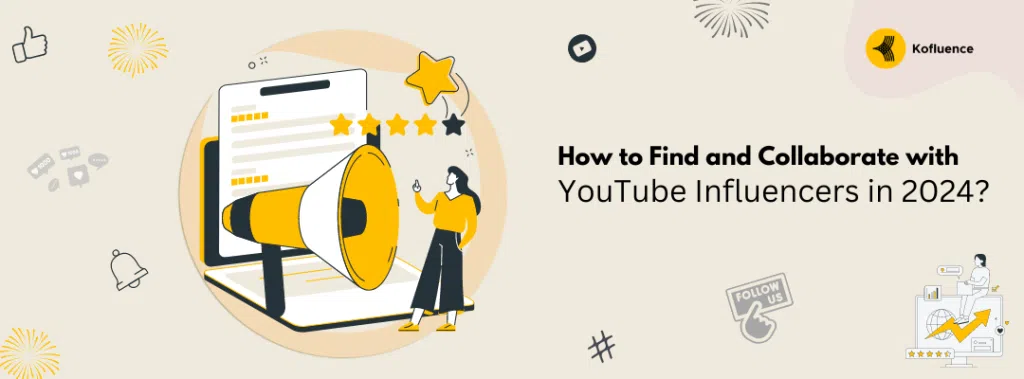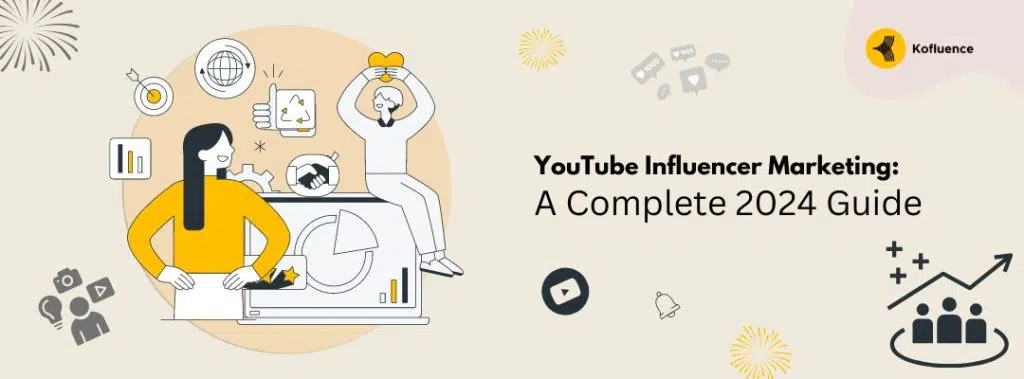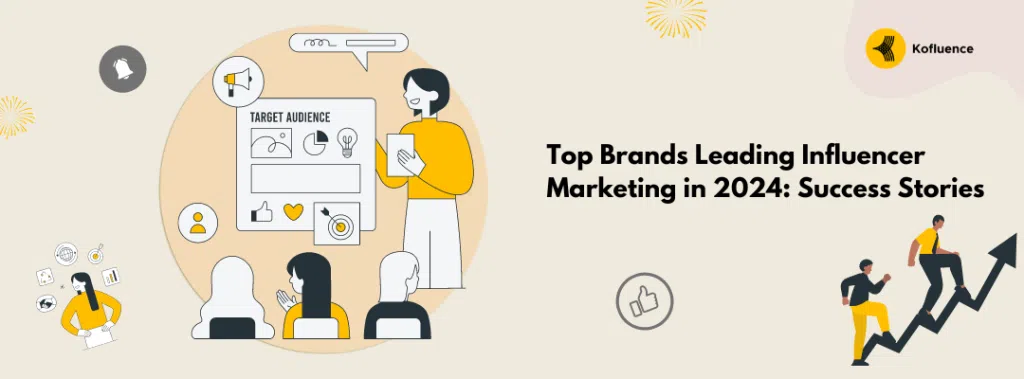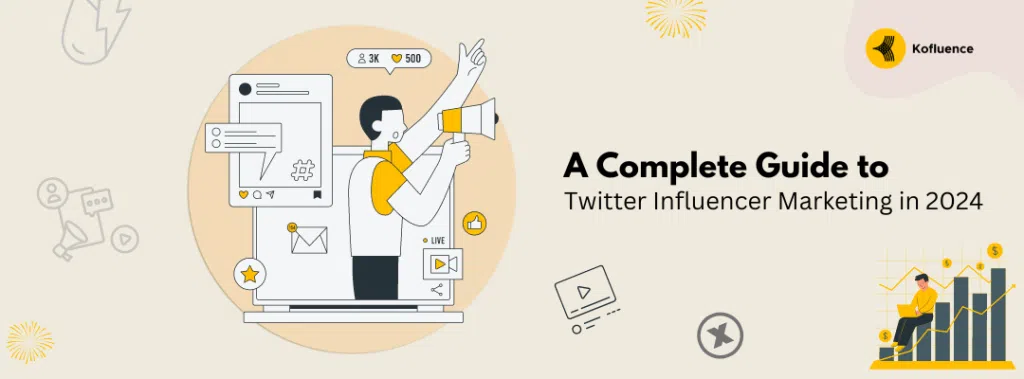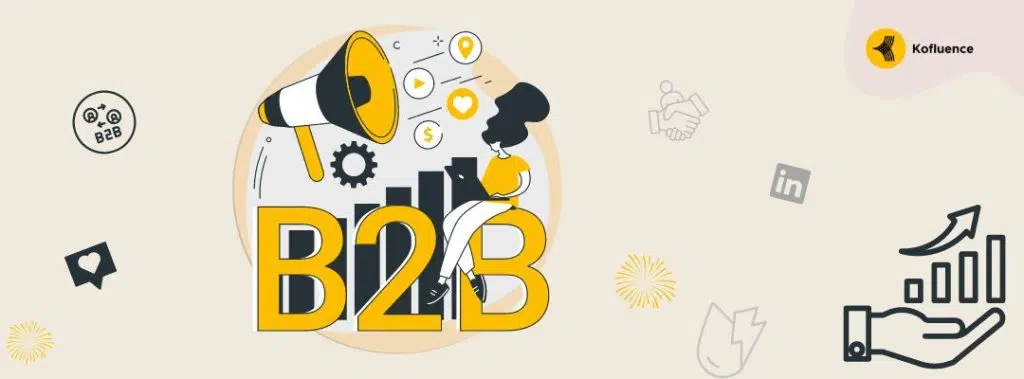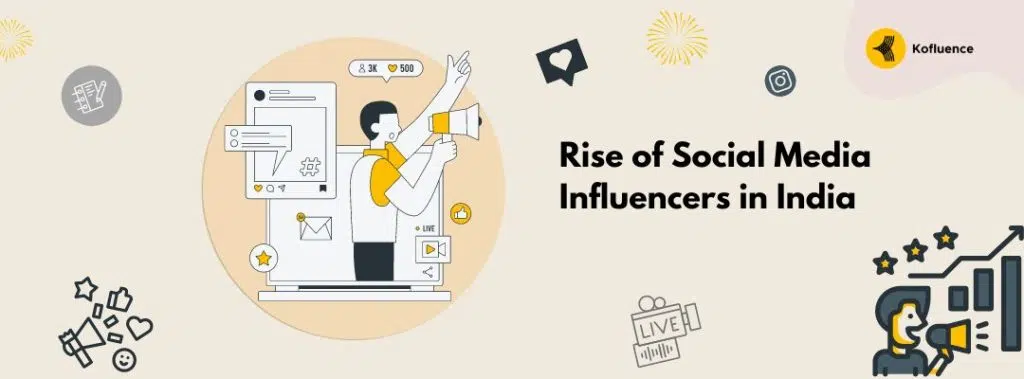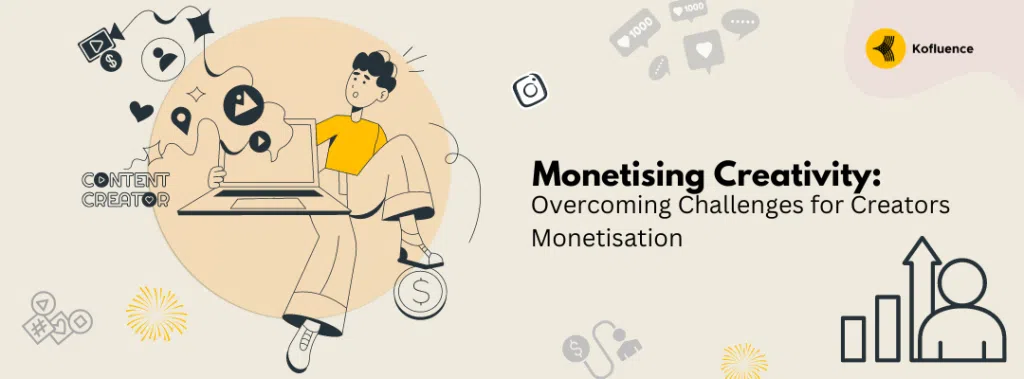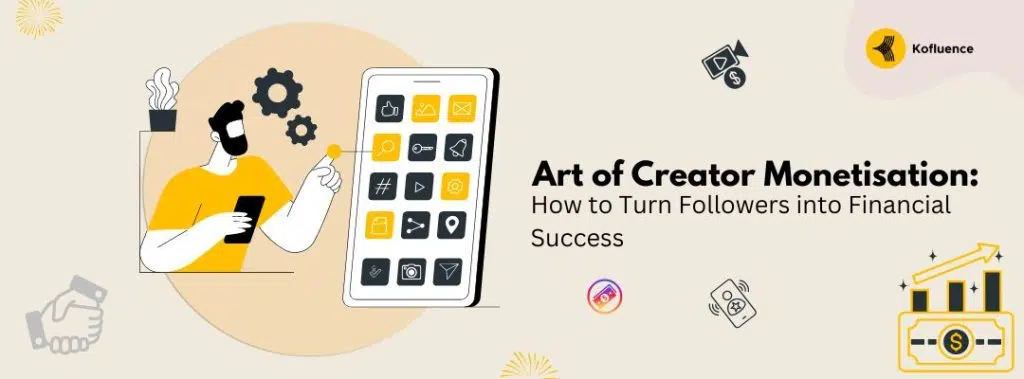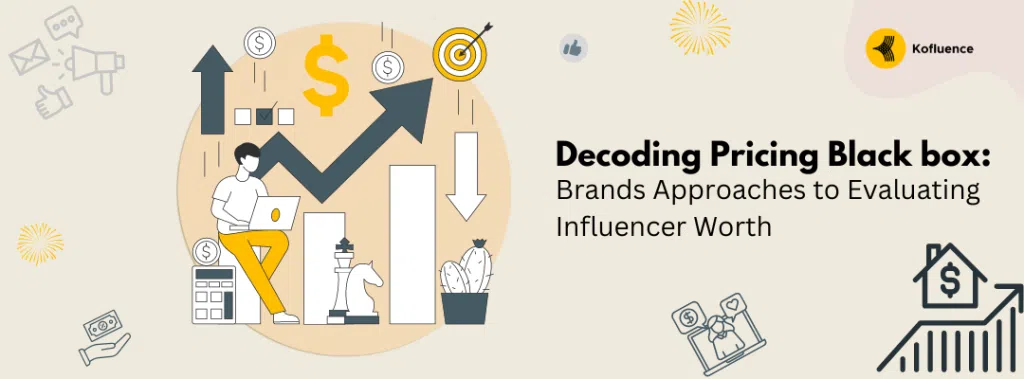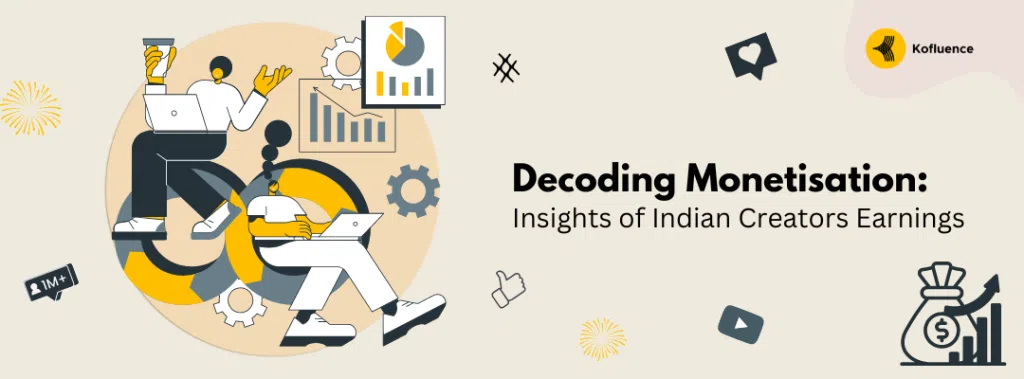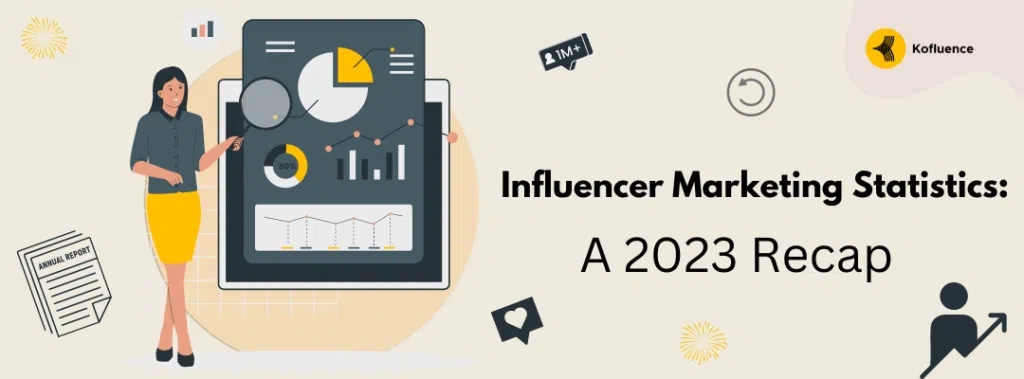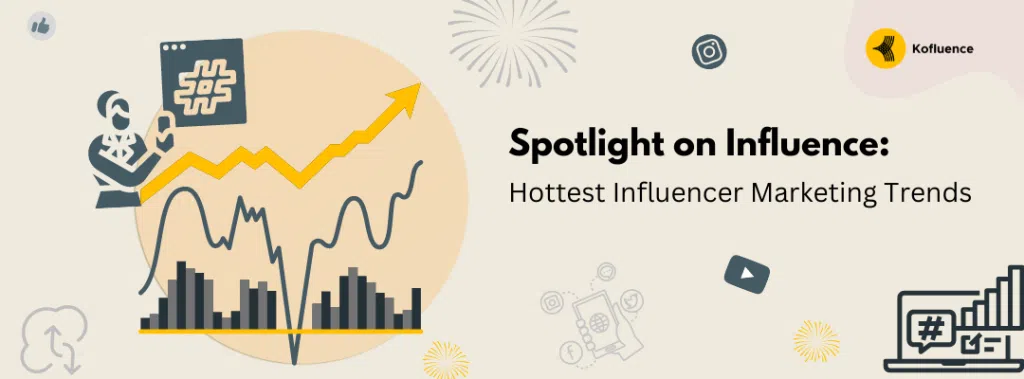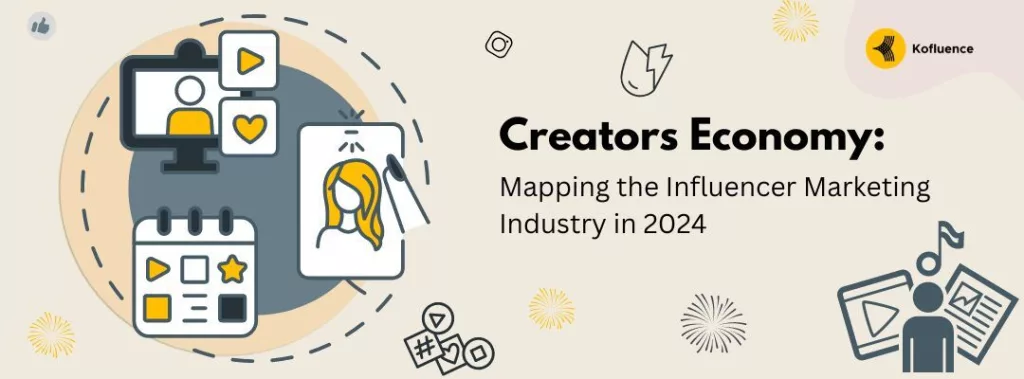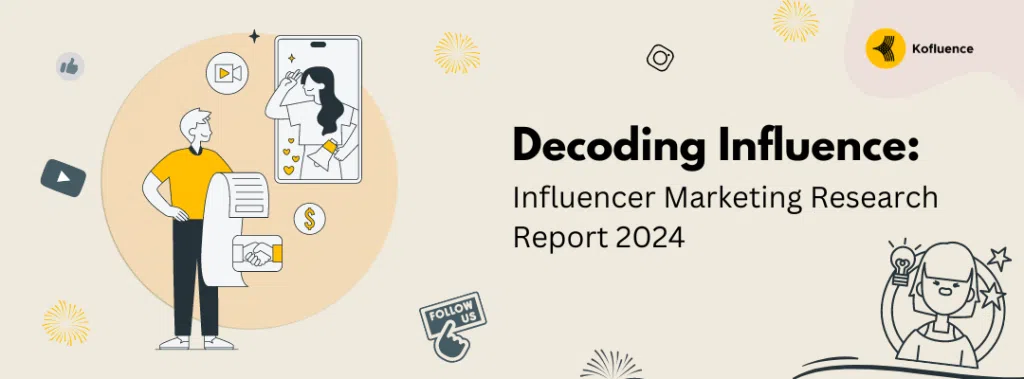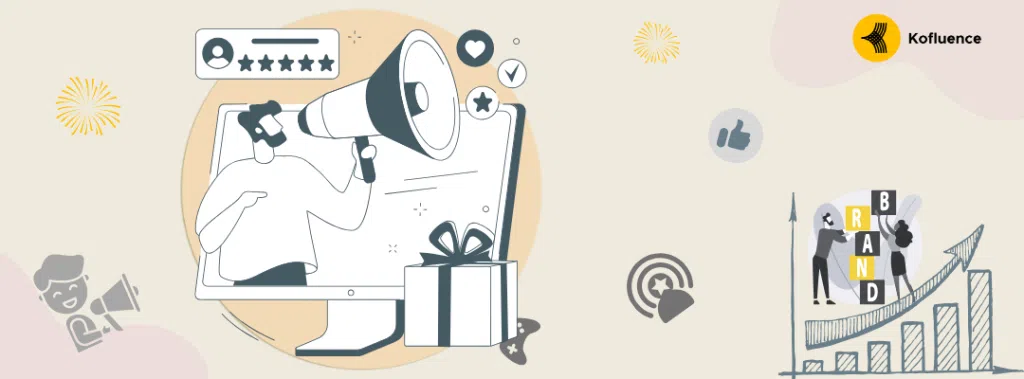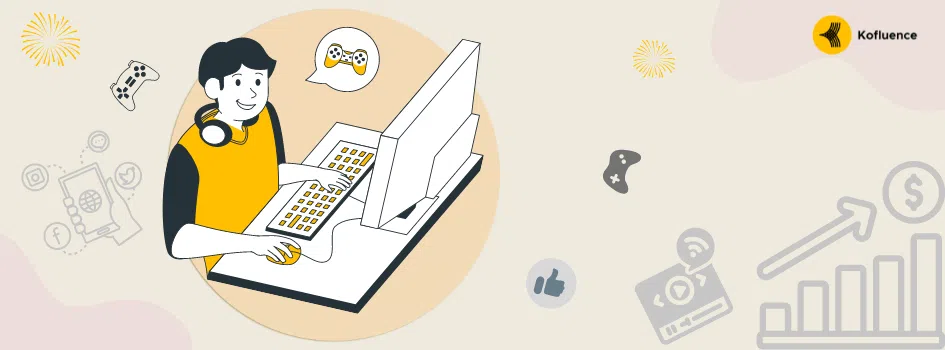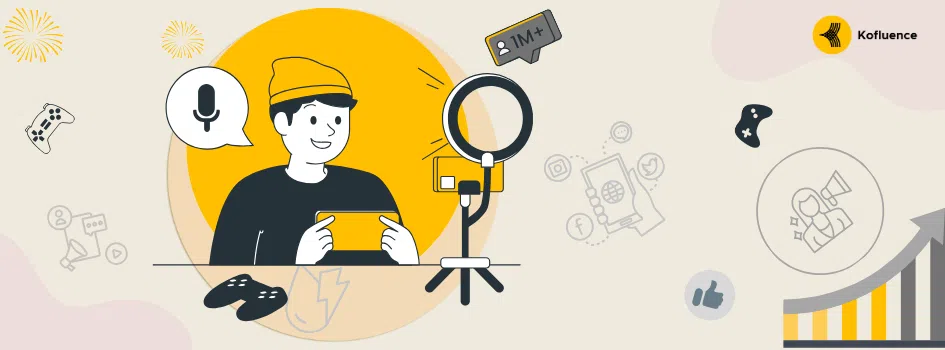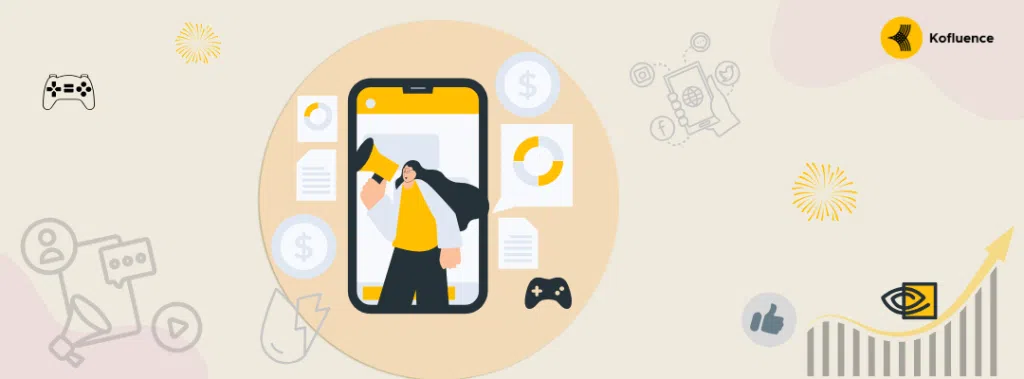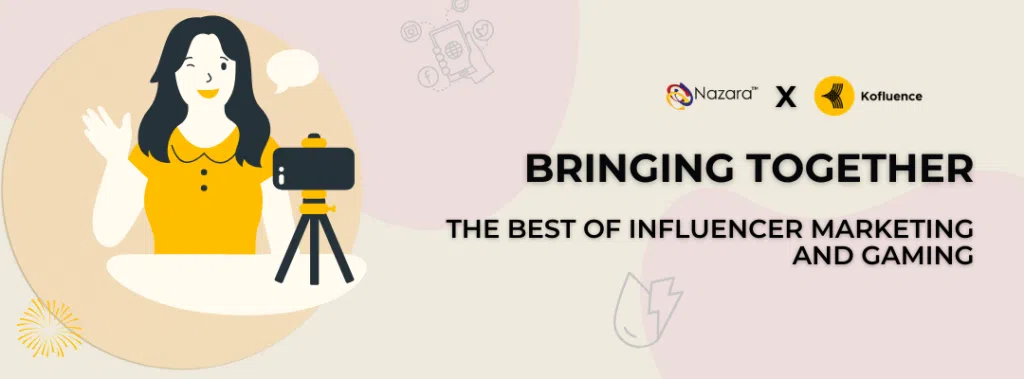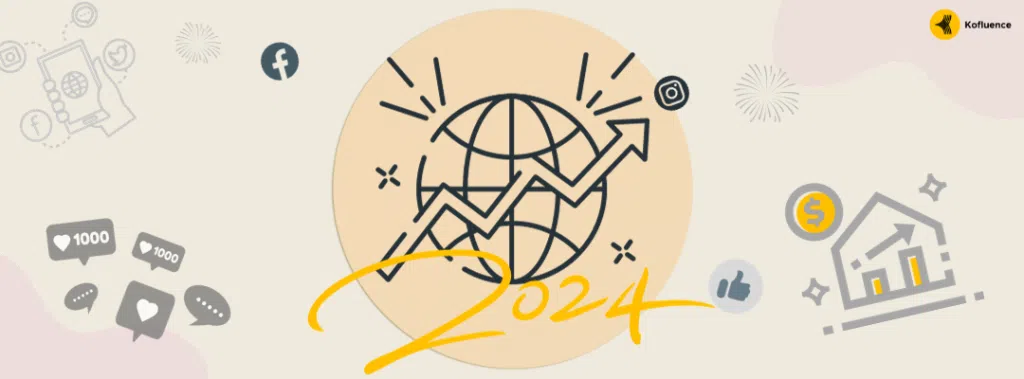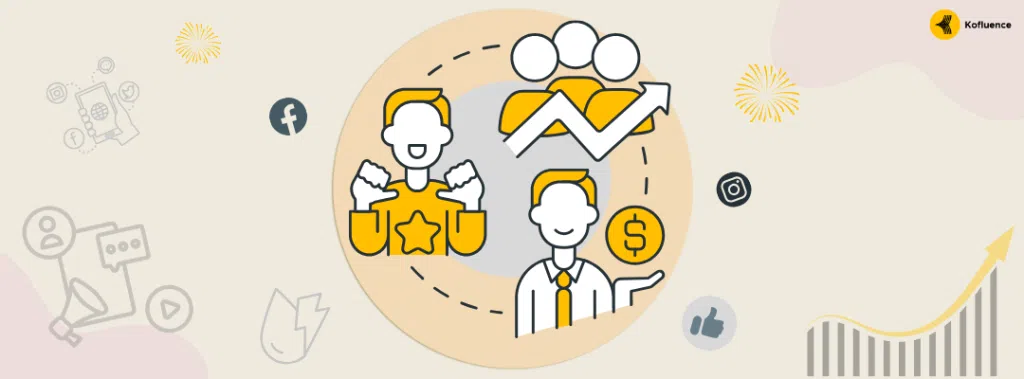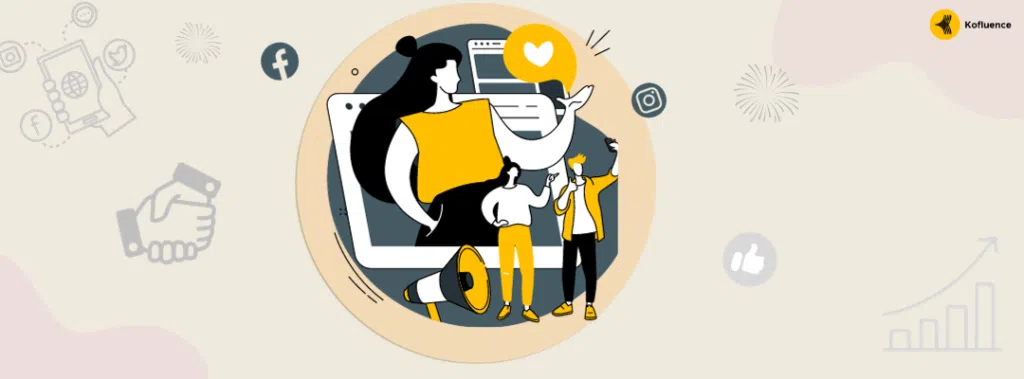Do you think influencer marketing campaigns are expensive, ineffective, hard to measure, and take too long to activate? Read on to find out if you’re right or wrong.
With influencer marketing gaining popularity, more and more brands are adopting this form of marketing to connect with their audience in an organic manner and communicate their brand message. However, there are certain misconceptions regarding influencer marketing that make some brands feel skeptical about including it in their marketing plan. In this blog, we’re going to explore the 5 biggest myths about influencer marketing campaigns and debunk them so that you can take your brand to the next level. But first, let us understand what influencer marketing actually is.
5 Fact Vs Fiction in Influencer Marketing
#1
Fiction – Influencer marketing is ineffective
Brands assume that influencer marketing campaigns are ineffective because they can only bring in awareness and not sales or conversions. They believe that this form of marketing cannot take their target audience through the entire journey of the campaign funnel but can only start a conversation. Brands also find influencer marketing campaigns ineffective because they don’t see the kind of engagement that they were expecting. They tend to go for influencers with a larger following, assuming that it would fetch them bigger engagement. However, that is not always the case. In addition to this, brands make the mistake of failing to accurately target the right audience. This is why they may not be seeing the desired results.
Fact – Influencer marketing can help you reach your goals
Influencer marketing can not only help you achieve brand awareness but also engagement. They can play an important role in driving conversions and generating sales. People are more likely to buy a product that is promoted, reviewed or suggested by an influencer that they trust and follow. According to a report, 8 out of 10 consumers have moved down the funnel and purchased an item after seeing an influencer’s recommendation of it. Custom discount codes and affiliate links are ways in which the goal of an increase in sales can be met, especially through e-commerce platforms. This is why 90% of marketers consider influencer marketing campaigns to be an effective form of marketing.
What’s more, is that when the influencer’s audience is in alignment with the target market for the product or service being promoted by the brand – the campaign will prove to be more effective. Careful targeting is key as this will help you garner a higher rate of engagement as well.
#2
Fiction – Influencer marketing campaigns are expensive
Brands are often under the impression that influencer marketing is expensive and requires a big budget. Hence, they assume that these campaigns are only meant for bigger brands that can afford to spare a larger budget for this type of marketing. Brands believe that all influencers charge an exorbitant price to promote a product or post branded content.
Apart from the large expenses, another thing that brands are afraid of is how the pricing of influencers works. There seems to be no price standardization which makes it difficult for marketers to know if they are being ripped off or to ascertain how much of the budget is going to which party. Data shows that existing players charge 50-100% markups that go unchecked.
Fact – Influencer marketing campaigns can be carried out on a limited budget
Influencer marketing is not an option for big brands alone. Brands with a smaller budget can also carry out an effective influencer marketing campaign. Different influencers have different prices that vary on the basis of the number of followers and engagement they have, the contract duration, and the deliverables that are expected by the brand.
Although affording a celebrity influencer may be difficult, an influencer marketing plan that uses micro or nano influencers can prove to be effective and help you achieve your goals. The highest percentage of influencer partnerships that marketers have globally is with micro-influencers (36%). Consumers tend to trust smaller creators with strong, authentic communities as their content is more relatable and credible. Hence, smaller influencers are more effective in driving conversions and building brand credibility.
When it comes to pricing, partnering with an influencer marketing platform such as Kofluence is a great option for any brand. This is because there is 100% transparency in their pricing which is standardized on the basis of Influencer category, genre, content format, and social media platform.
#3
Fiction – It takes a long time to go live with influencer marketing campaigns
Brands have a common misconception that influencer marketing campaigns are long and difficult to carry out. They believe it can take anywhere from 15 days to a month to go live with a campaign. This can be attributed to a number of things:
- Selection of influencers – finding the right influencers and selecting the final list is a long and weary task. It includes vetting these influencers, analyzing their engagement as well as past collaborations, and ensuring that their following is authentic.
- Negotiation – Negotiating terms with the influencers post-selection is a tedious task. Talking about compensation, content creation, timelines and more is quite the process.
- Content review – Ensuring that the influencers create content that aligns with the campaign goals and brand values is an important step in the process. However, it is extremely time-consuming.
- Coordination – This is one of the biggest and lengthiest challenges that brands want to avoid when it comes to influencer marketing. Talking to multiple influencers and other stakeholders, maintaining smooth communication is not an easy feat.
Due to these reasons, brands believe that influencer marketing has a high turnaround time.
Fact – Influencer marketing campaigns can be activated in a duration of 1 day
A brand’s influencer marketing campaign plan can be brought to life sooner than brands believe. An activation time of 1 day is what influencer marketing platforms such as Kofluence offer. Thanks to their SAAS platform with built-in work automation, you can get your campaign up and running in 24 hours. It eliminates the challenges of offline coordination, influencer discovery, and selection, content review, and negotiation. Kofluence offers end-to-end campaign lifecycle management and makes influencer marketing easy with a technology-centric approach. It uses Artificial Intelligence (AI) and Machine Learning (ML) to help brands run quick, effective, and efficient influencer marketing campaigns.
Not only do you save a lot of time with tools such as these platforms but the work is simplified. This means that you do not need a big team or huge manpower to carry out large-scale influencer marketing campaigns. You simply need an automated platform such as Kofluence to help you with negotiations and content review so that you can go live in a jiffy.
#4
Fiction – All influencers buy fake followers and bots
One of the biggest myths that brands believe is that all influencers have bots and fake followers. This would result in an influencer having a large following but their actual reach and engagement falling significantly lower. The social match gets harder since bot audience and fake engagement make manually finding the right influencers a tough task. The fear of fraud influencers who buy followers and do not produce quality content forces brands to resort to in-house content creation and traditional marketing. Although the fear is legitimate, with one in four influencers buying fake followers, it is no reason to give up on influencer marketing.
Fact – There are many credible influencers with an authentic following
The fact of the matter is that not all influencers buy fake followers. And even the ones who do can be identified and avoided by analyzing the influencer’s follower-to-engagement ratio. Additionally, a small amount of fake followers and bots exist in all profiles and it is not the influencer’s fault.
What can help brands find authentic influencers is an influencer marketing platform that can connect them to authentic and credible creators to ensure that there is no risk of influencer fraud. Kofluence offers deep profiling and persona match which detects and presents proprietary risk and influencer fraud. The creators’ persona is based on their profile, content, audience, affinity, and insights.
#5
Fiction – You cannot measure the ROI of influencer marketing campaigns
Brands believe the notion that even though influencer marketing campaigns could prove to be beneficial to them, it is not possible to measure the Return on Investment (ROI) of these campaigns. Unlike traditional advertising, influencer marketing is often part of a complex customer journey that involves multiple touchpoints, channels, and interactions. For example, an influencer’s content may have driven awareness and consideration of a product, but the actual purchase may have occurred through a different channel, such as a search engine or social media ad. Hence, brands believe that it can be difficult to isolate the impact of influencer marketing in driving a particular customer action, such as a purchase or website visit.
The influencer marketing industry is still relatively new and lacks standardization when it comes to measurement and reporting. There is no universally accepted method for measuring the effectiveness of influencer marketing campaigns, which can make it challenging to compare results across campaigns and influencers manually. Another issue is with influencers who are not cooperative in sharing or reporting results in a transparent manner. This demotivates brands from building influencer partnerships as it acts as an obstacle to measuring ROI.
Since measuring their results is important to marketers, they tend to shy away from influencer marketing campaigns. 84% of marketers say that their biggest pain point with influencer marketing is the measurement of ROI. This measurement is also essential to plan the marketing expenditure and budget. Brands are also generally under the impression that it is not possible to attribute sales to their influencer marketing campaigns.
Fact – ROI of influencer marketing campaigns can be measured in a number of ways
It is definitely possible to ascertain if influencer marketing is working for your brand or if you need to tweak your campaign. The first step in measuring the ROI of influencer marketing campaigns is to set specific KPIs that are in alignment with the marketing goals that you aim to achieve through the campaign.
With today’s marketing technology, we have tools available to track the actions that take place on social media platforms. These are actions such as views, clicks, impressions, comments, and more which will help you track the awareness and engagement that the campaign is generating. Custom discount codes and affiliate links enable you to track conversion rates, the number of clicks that the link in the influence’s bio received, the amount of website traffic that the campaign produced, the sales it fetched, and even the average order value.
Influencer marketing platforms also offer tools that can help you measure the performance of your campaigns in a seamless, hassle-free manner. Kofluence, for example, has a cost-per KPI approach. This approach includes both above-the-line KPIs such as views, reach, etc., and below-the-line KPIs such as downloads, registrations, and more. A standardized procedure for measuring performance and massive liquidity of credible, cooperative creators makes for easy tracking. There is also a dashboard with AI/ML-based performance prediction for brands to view real-time insights and analytics. This will help them obtain feedback and refine their audiences. Understanding how much revenue the campaigns bring in will aid in assessing your ROI which will further help you to make marketing decisions that are backed by data.
Conclusion
The fact of the matter is that influencer marketing just might be the next big thing and it definitely deserves a place in your marketing plan. Despite the negative perception and common misconceptions that brands have of this form of marketing, the campaigns are quite effective in driving not just awareness but also sales and engagement. They can be used for a wide range of target groups and can be carried out on a limited budget, too. Your brand can use credible influencers to create quality content that will help you achieve a greater return on your investment.
So, now that you’ve got your influencer marketing facts straight, it is time to use influencer marketing campaigns to level up your brand and get one step closer to accomplishing your marketing goals.
If you found this blog to be helpful browse through our website for other blogs on similar topics or get in touch with us for your next influencer marketing campaign! Download the Kofluence app and find relevant campaigns catering to your target audience! To opt-in, download the Kofluence app here: iOS users, and Android users.

